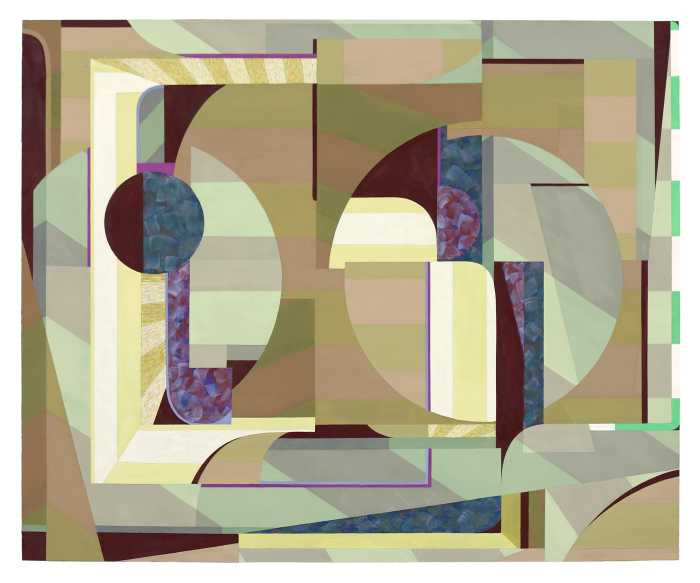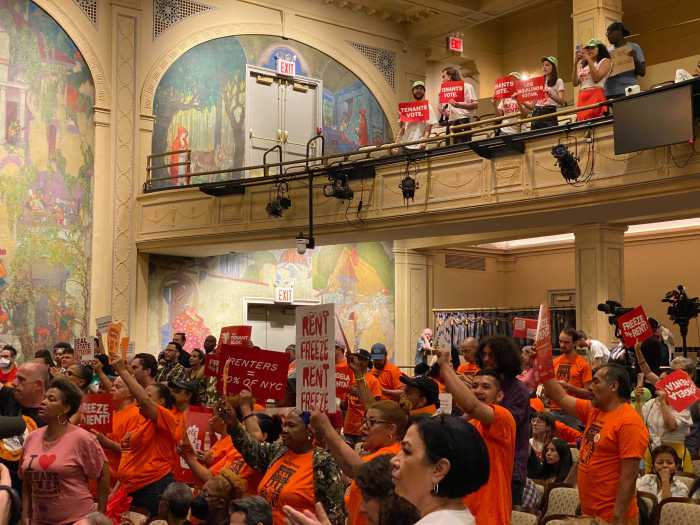They don’t call it Filthadelphia for nothing. Philly has long had a serious litter problem, and in December 2016, Mayor Kenney created a “Zero Waste and Litter Cabinet” to help find ways to combat the problem.
After announcing their action plan in August, the cabinet and city employees worked through December collecting data and surveying neighborhood to create the new City Litter Index, intended to support a “data-driven” approach to “unlittering” Philadelphia.
“Many of our neighborhoods still have streets and open land with trash accumulations, and it’s our goal to improve these area,” said Nic Esposito, who in addition to directing the Zero Waste and Litter Cabinet, also is known for running an urban farm in Kensington. “We want the Litter Index to be the tool that connects residents to resources for cleaning and greening their neighborhoods.”
On the map, large chunks of Philadelphia are green (a rating of 1 on the Make America Beautiful scale, meaning little to no litter). Most of it is yellow (a 2, litter that a person could pick up). But there are stubborn pockets of red (a 4, meaning litter that would require a “large cleanup effort or heavy machinery to remove”).
Surveyors examined “streets, vacant lots, parks and recreation sites, public school sites, green stormwater infrastructure sites, transit stations, and other public rights-of-way,” the city said, using GPS technology to ensure accuracy.
It’s not the first time Philly has undertaken a litter index, but previously the Streets Department worked alone. Now, SEPTA, Parks & Rec, Community Life Improvement Program (CLIP), Water and Schools are all chipping in to get data on the land and properties that fall under their purview.
“We knew this was a powerful tool when we first used it in 2007,” Streets Commissioner Carlton Williams said in a statement. “With five other departments contributing data along with Streets, we feel that this can be a tool to get to the root of litter issues.”
The city plans to update this new Litter Index Survey annually as they work toward their goal of making Philly litter-free by 2035. It’s also online for the public to look up their own blocks, get an average litter rating for their neighborhood —based either on vacant lots or on the streets in general — and offers referrals to city resources for help, like reporting illegal dumping or obtaining a recycling bin.
Find out how dirty your neighborhood is by looking up your address at CleanPHL.org.





























